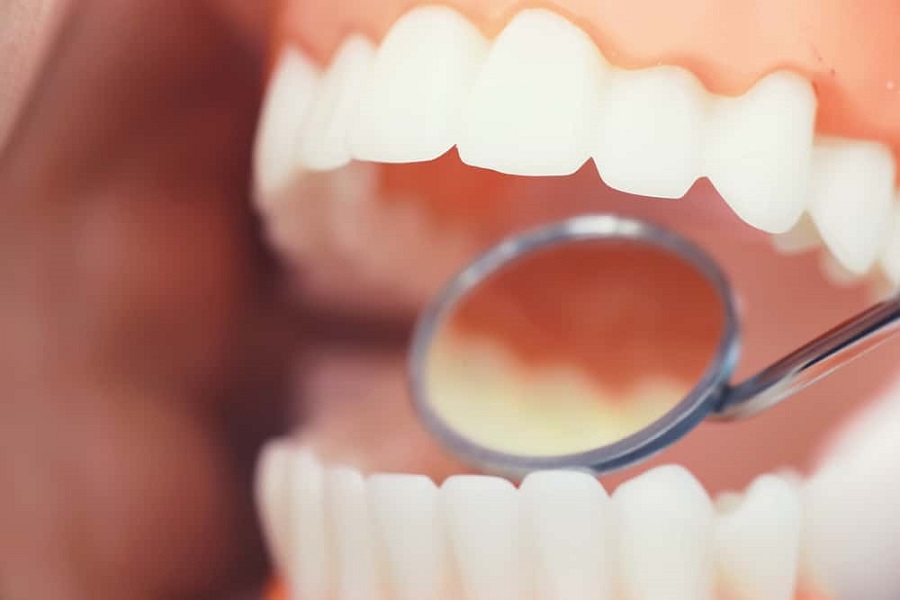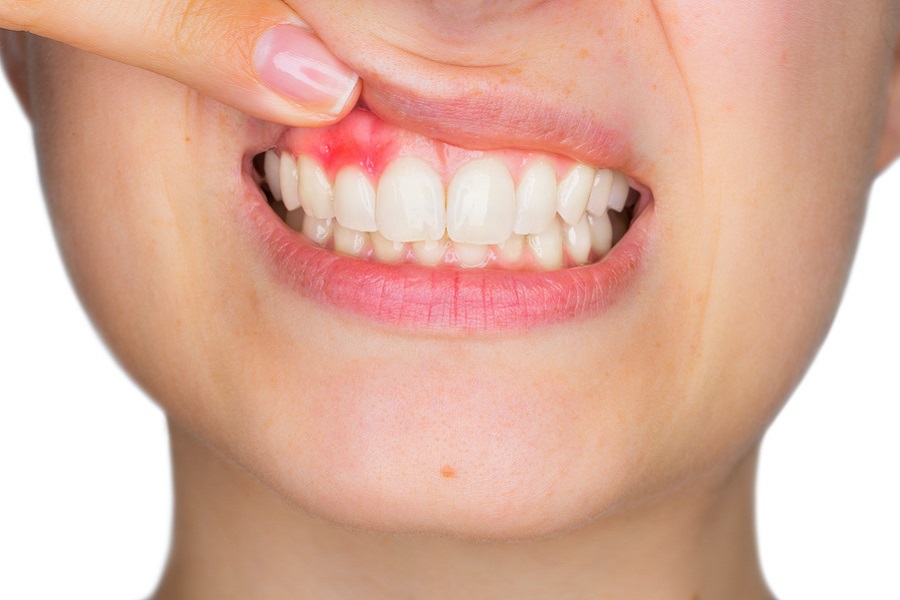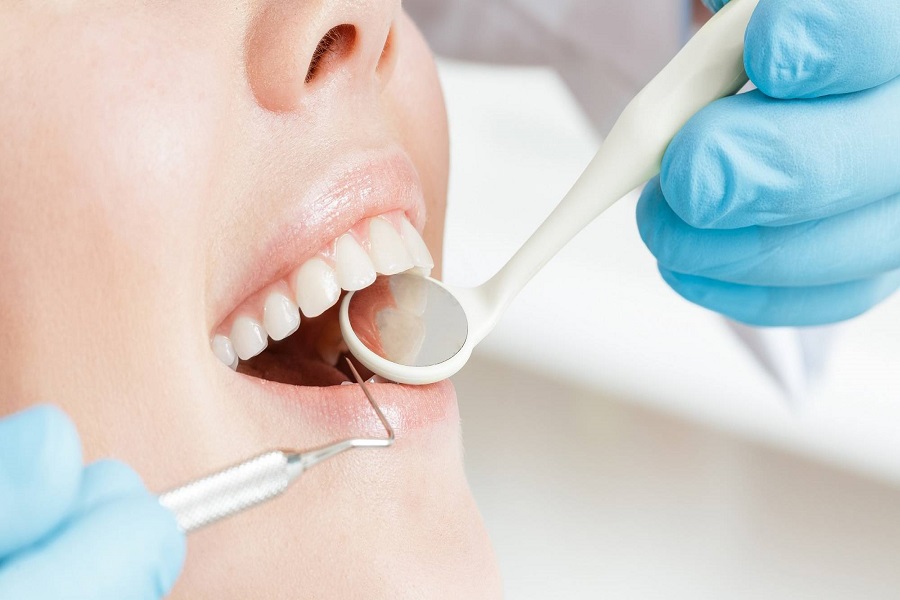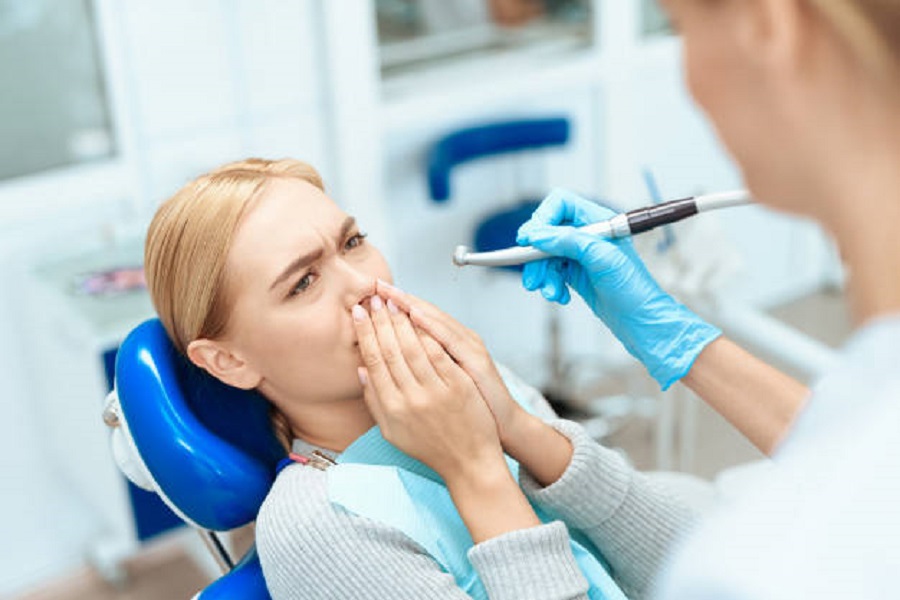What should I do after a tooth is extracted? Many people think that after a tooth is removed, as long as the wound heals, it will be fine. This kind of understanding is not correct. After the tooth is extracted, a gap is left in the middle of the dentition. If it is not filled in time, it will be opposite to the tooth that was extracted. Due to the lack of antagonism, the teeth will be significantly elongated, and the teeth on both sides of the gap are also inclined towards the gap. It will inevitably cause a large gap between the teeth. This kind of gap is easy to impact food, and periodontal disease or caries will appear over time. Extraction of permanent teeth in adolescence without timely placement of teeth can cause more tooth displacement, dislocation of teeth, and life-long pain. Theoretically speaking, after tooth extraction, the alveolar bone loses the stimulation of the physiological chewing function and will gradually shrink, and it will take about 2 months to reach a stable level. It is generally believed that this is the most suitable time for dentures. Certain crowded teeth do not need dentures because there is no place for them after extraction. And the “end of the tooth” is that the third molar does not need to be inserted after the third molar is extracted.
Advertisements
How to take care of after tooth extraction
Advertisements
Related Posts
Popular Articles
What Is the Safest Teeth Whitening?
Teeth whitening is a popular cosmetic dental procedure. Many people want a brighter smile. White teeth are often seen as...
Latest Posts
Tags
alveolar bone bad breath black teeth bleeding gums cold light whitening crooked teeth cure dental care dental implant dental implants Dental Insurance dentures discolored teeth disease gingivitis Gum Disease misaligned teeth oral disease orthodontic orthodontic care orthodontics orthodontic treatment periodontal disease periodontitis permanent teeth porcelain teeth teeth teeth cleaning teeth white teeth whitening teeth whitening methods Teeth Whitening Strips tooth tooth decay tooth extraction tooth filling ultrasonic cleaning underbite whitening whitening toothpaste white teeth wisdom teeth wisdom teeth extraction wisdom tooth yellow teeth

Panda Oral – oral and dental health consultants around you, providing orthodontic, tooth whitening, dental implants, scaling, filling, extraction, dental implants, dental caries, wisdom teeth, bad breath, bleeding gums, oral ulcers, periodontal disease for patients with dental diseases It can help you solve oral problems easily.【Contact us: [email protected]】
Recent News
- How Important Is White Teeth to Girls? 04/20/2025
- Opalescence Teeth Whitening How to Use? 04/20/2025
- What Is the Most Recommended Teeth Whitening? 04/20/2025
Copyright © 2023 PANDA ORAL - Oral_Oral health_oral hygiene_oral care_dental health_dental oral surgery






























